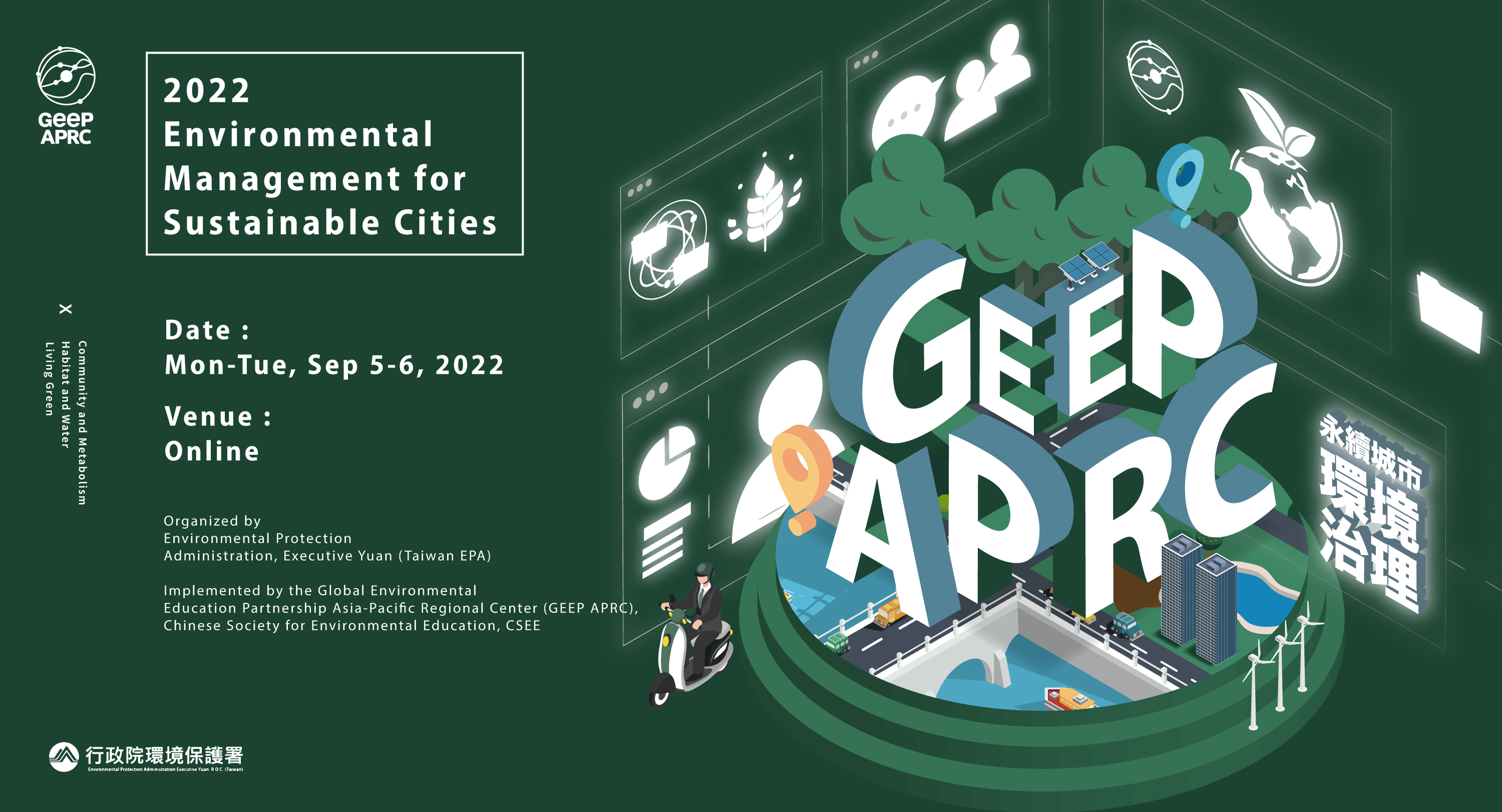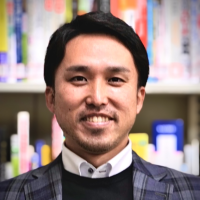
Environmental Efforts in Japan
Our lives are supported by the blessings of nature (ecosystem services) provided by the forests, villages, rivers, and oceans. In the past, resources and energy obtained from nature supported local clothing, food, and housing, and resources were used in a cyclical manner. To ensure the sustainability of local lifestyles, wisdom and techniques for using and managing the forests, villages, rivers, and oceans have been passed down in the region, and people have lived in harmony with nature.
However, with the postwar energy revolution, industrialization, and globalization of distribution, our lives have become more materially rich and convenient, and our standard of living has improved. On the other hand, as our lives have changed to one that requires less reliance on the blessings of nature, we have lost sustainability in the form of population concentration in urban areas, development, environmental pollution, and degradation due to a lack of management of Satochi Satoyama The result has been a loss of sustainability in the form of population concentration in urban areas, development and environmental pollution, degradation due to lack of management of Satochi Satoyama, marine plastic waste, and climate change. It has also become clear that unsustainable economies and societies are vulnerable to new coronavirus infections.
In order to create a sustainable economy and society, "innovation" to transform the economy and society is indispensable in the region, and a grand design for change must be drawn up and implemented. It is also necessary to draw up and implement a grand design for change, and to realize local SDGs that organically link with other regions while transforming the lifestyles of each individual living there into a sustainable form and making them rich and full of vitality while maintaining regional independence and pride so that every corner of the country will be revitalized. It is important that a future society be created. To this end, the key is to expand and evolve the local SDGs, Circular and Ecological Economy, while utilizing digital transformation.
The concept of the Circular and Ecological Economy represents a "self-reliant and decentralized society" that will continue to create projects that realize integrated environmental, economic, and social improvement by utilizing regional resources, as well as forming a network of support among regions by taking advantage of their unique characteristics, for example, urban and rural areas.
So as to create the Circular and Ecological Economy with decarbonization at its core, skills to cooperate and collaborate with people across industries and fields are needed. To this end, a shift in values through the promotion of environmental education, etc. is a major key. In order to form a platform through partnerships and simultaneously solve environmental, economic, and social issues, human resources with diverse visions and the ability to proactively tackle regional issues are expected. “Local SDGs Leader Training” was held in five areas across Japan with the aim of fostering the next generation of regional leaders.
This training program is a human resource development project for the youth generation (18-35 years old). The human resource development program was conducted in five areas across Japan, focusing on redefining the meaning and value of various resources in the community by the participants themselves. The objective was for participants to acquire perspectives from within and outside the region during the course of the program, and to form the social-relational capital needed to build autonomous and decentralized regions.
Participants applied in teams of five in one of five areas, resulting in a total of 31 teams with a total of 121 participants selected to participate in the program, which lasted approximately 12 weeks in each area. In light of the situation of the spread of the new coronavirus, the program design was a combination of voluntary fieldwork, online seminars, and mentoring by the mentors in each area, with each team developing a community-based project throughout the program period.
Almost all teams completed the entire program, maintaining a high level of satisfaction and motivation among participants, and it can be said that the program functioned as a practical human resource development program. In addition, some of the projects conceived by the teams were highly feasible, and some of them were actually launched as businesses. As a future issue, it is important to consider providing individual support for the realization of these projects, such as collaboration with local governments and advice on the use of national and local subsidy programs.
These programs fully incorporate an ESD perspective. In the “Second National Implementation Plan for ESD,” local governments are expected to integrate the SDGs and ESD principles into the various plans they formulate to create a sustainable society. They are also expected to be fully aware of the effects of ESD on the transformation and development of local communities, and to implement ESD as a part of human resource development for the realization of the SDGs in local communities.
The government has also indicated that ESD will be actively addressed in local SDGs as a vision for the future and used for human resource development, and it will encourage local governments to promote ESD in their regions.
Back to list

